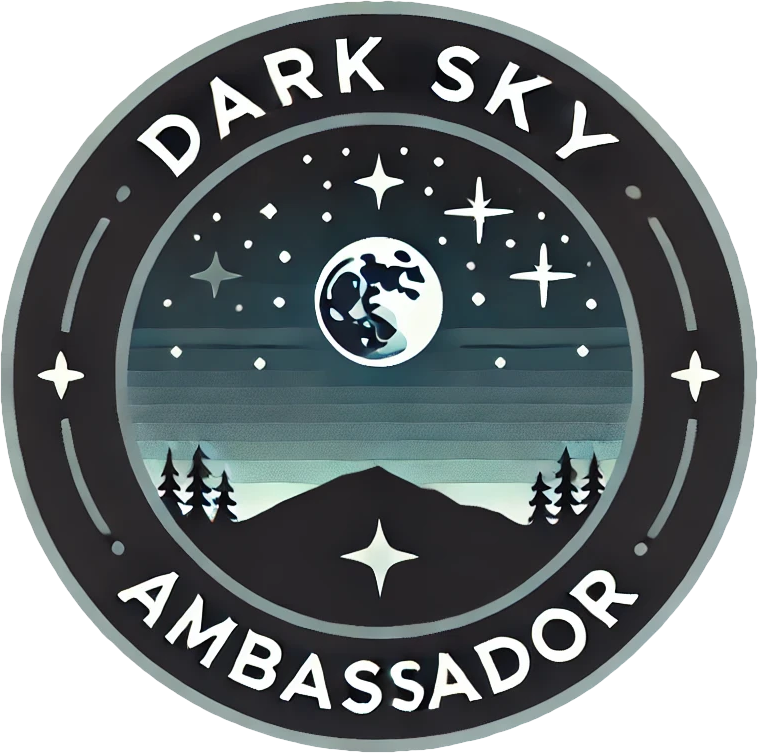Minecraft Nether Portal Calculator & Linking Guide
Introduction
Building a Nether portal is one of Minecraft’s most useful travel tricks. The Nether operates on an 8:1 coordinate scale compared to the Overworld, meaning every block you move in the Nether equals eight blocks in the Overworld. This unique scaling makes it possible to create fast-travel networks, connect distant bases, or even link overworld strongholds directly to Nether hubs.
The calculator below helps you find the exact coordinates where your Nether and Overworld portals should be placed to align perfectly. Just enter your current portal’s position in either world — the matching coordinates will appear automatically.
Overworld
Nether
X and Z scale 8:1 between worlds. Y remains the same.
Values are rounded to the nearest block coordinate.
Instructions: How to Create and Link Portals
- Build your first portal Create a standard obsidian portal in either the Overworld or Nether. Light it with flint and steel, and step through to ensure it works.
- Note the coordinates Once through, press F3 (Java Edition) or check your coordinates on your HUD (Bedrock) to find your portal’s X, Y, Z position.
- Use the calculator Enter those coordinates into the corresponding world section. The calculator will instantly give you the matching coordinates for the opposite dimension, rounded to the nearest block.
- Travel to the destination coordinates Move to the location shown for the other world (for example, if you entered Overworld coordinates, travel to those Nether coordinates).
- Build and light a new portal Construct a portal at the calculated location, light it, and step through. It should link cleanly to your original portal.
- Fine-tune if needed If portals link incorrectly, check your Y-coordinate — large vertical differences can sometimes cause Minecraft to choose a nearby surface instead. You can nudge the coordinates a few blocks if required and relight the portals.
Quick Tips
- One Nether block = eight Overworld blocks (X/Z only — Y stays the same).
- Use rounded block coordinates for precise linking.
- For multi-base setups, consider building a Nether “hub” with portals spaced 8-block intervals apart.


